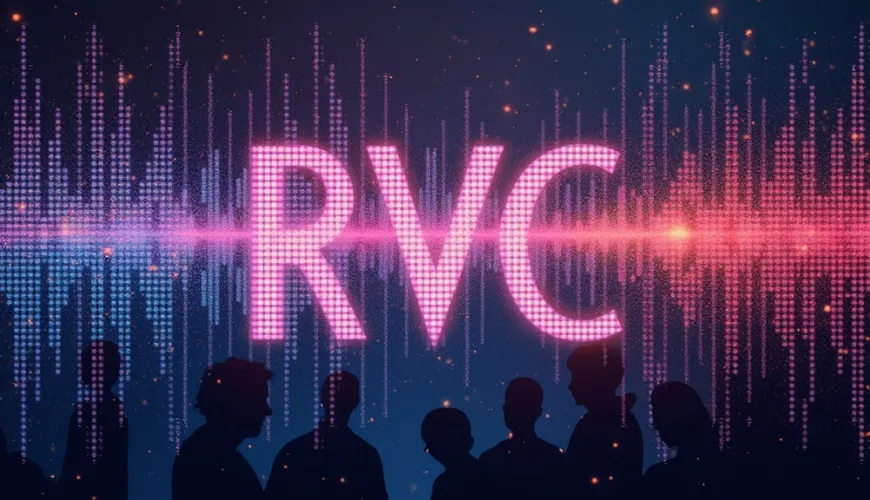Diffit AI: The Smart Tool Transforming Lesson Creation in 2025
TL;DR
Diffit AI is an innovative tool designed to help teachers transform educational content into customizable, level-appropriate materials. With just a few clicks, it saves hours of lesson planning by generating reading passages, questions, and summaries tailored for different grade levels. Whether you're a teacher, student, or curious learner, Diffit AI makes education more accessible and engaging.
Introduction: Why AI is reshaping education and content creation
In recent years, artificial intelligence has rapidly shifted from a futuristic buzzword to a real-world game changer—especially in education. From personalized tutoring to AI-generated illustrations, the way we teach and learn is evolving at lightning speed. Educators are embracing these tools not only to save time but also to better connect with students who thrive on personalized and interactive content.
In this fast-paced digital landscape, AI tools like Claila's language models and image generators are helping bridge the gap between traditional teaching and modern-day expectations. Among these burgeoning innovations, one tool stands out for its impact on K-12 education: Diffit AI.
Whether you're a busy teacher looking to create a differentiated lesson in minutes or a student who needs reading materials tailored to their skill level, you'll want to know how Diffit AI works and what it can do for you.
What is Diffit AI?
At its core, Diffit AI is an AI-powered educational platform that converts any text or topic into differentiated teaching materials. The term "Diffit” plays on the word "differentiate,” which speaks directly to the tool's purpose: helping educators tailor content based on students' unique learning levels and needs.
Simply put, Diffit AI takes complex content—like articles, PDFs, or even a quick Google search result—and rewrites it into readable, age-appropriate material. It also auto-generates related questions, vocabulary lists, and summaries. This means teachers can spend more time teaching and less time reinventing the wheel for every student.
Rather than replacing educators, Diffit AI aims to empower them.
How Diffit AI Works (simplified technical explanation)
The magic behind Diffit AI lies in its use of natural language processing (NLP) and machine learning. When a user inputs a link or text, the system parses the content using NLP techniques to understand context, difficulty level, and key concepts.
Then, using a trained language model similar to those found on Claila—like ChatGPT or Claude—it rephrases or regenerates the material at a chosen reading level. The AI isn't just simplifying language; it's adapting the tone, vocabulary, and structure to ensure the new version aligns with educational goals.
It also cross-references educational standards and learning objectives, so teachers get materials that align with grade-level expectations. All this happens in seconds, sparing educators the time it would take to manually adapt content for each student.
Another practical feature is the ability to process YouTube links. Diffit can automatically fetch a video's transcript and adapt it into leveled text, making multimedia content more accessible for classrooms (source: Edutopia, 2024).
Key Features of Diffit AI
One of the standout features of the Diffit AI tool is its Reading Passage Generator. Teachers can input a URL, a block of text, or even a topic like "The Water Cycle,” and the tool will create a reading passage geared toward a specific grade level. It doesn't stop there—it also generates comprehension questions, vocabulary definitions, and summaries that mirror the passage's complexity.
Another highlight is its seamless export options: teachers can effortlessly send generated content into Google Docs, Slides, or Google Forms formats that are easily shareable via Google Classroom, streamlining the workflow. Many educators appreciate how it allows for a more inclusive classroom, especially when dealing with students who have varying reading levels or language barriers.
The Quiz Builder also deserves a mention. Once the reading passage is created, the platform can auto-generate multiple-choice or open-ended questions based on Bloom's Taxonomy, ensuring cognitive complexity is part of the learning process.
Benefits for teachers, students, and general users
For teachers, Diffit AI is nothing short of a lifesaver. Traditional lesson planning can take hours, especially when trying to differentiate for students at different levels. With Diffit AI, that process is condensed into minutes. It not only reduces prep time but also improves content quality and alignment with learning standards.
Students benefit immensely from having access to reading material that meets them where they are. Rather than struggling through text that's too advanced or too simple, they receive content pitched just right for their comprehension level. This boosts confidence and fosters a love of learning.
Parents and general users can also use Diffit AI to support home learning. If a parent wants to explain a scientific concept to their child but doesn't know where to start, Diffit can generate a kid-friendly version of nearly any topic.
Limitations and challenges of Diffit AI
While Diffit AI is incredibly useful, it isn't flawless. For one, the tool heavily relies on source material quality. If the original content is biased or contains inaccuracies, the AI might carry those over into the simplified version.
Another challenge is nuance. AI still struggles to fully capture tone and cultural context, which can be critical when teaching literature or social studies. There's also the risk of over-dependence—teachers might lean too much on AI-generated content, missing opportunities to add their own insights and creativity.
And like all AI tools, it requires internet access, which might not be available in all schools or households.
Alternatives to Diffit AI
While Diffit AI is gaining popularity, it's not the only player in the space. Tools like ChatGPT, accessible via platforms like Claila, offer broader content generation capabilities. Educators can prompt ChatGPT for lesson plans, quizzes, or simplified summaries, although it may require more customization work.
Other educational AI tools include CommonLit, which offers leveled reading passages, and ReadTheory, which provides individualized reading practice. While these platforms aren't as flexible as the Diffit AI tool in terms of transforming user-generated content, they are still valuable resources for differentiated instruction.
For a more open-ended creative platform, Claila's own models—featured in sections like ChaRGPT—can be tailored for educational purposes.
Practical Use Cases: From lesson plans to content adaptation
Imagine a 7th-grade teacher preparing a lesson on climate change. With Diffit AI, they can paste a New York Times article into the tool, choose a 7th-grade level, and instantly receive a simplified version of the article. The tool then adds comprehension questions, vocabulary explanations, and a short summary. The teacher now has a complete lesson ready to go.
In another scenario, a student researching astrology might stumble across overly complex websites. By entering the topic into Diffit, the content becomes accessible, enabling the student to better understand the concepts. This kind of customization is particularly useful alongside creative tools like Claila's AI-powered AI Fortune Teller for exploratory learning.
Even homeschooling parents have found Diffit AI helpful for adapting textbooks and online articles into manageable chunks for younger learners.
Diffit AI vs. Traditional Methods
Traditional content differentiation required teachers to either rewrite materials themselves or search endlessly for leveled texts. This process was not only time-consuming but also inconsistent in quality.
Diffit AI flips the script by making high-quality adaptation fast and reliable. Instead of spending an hour rewriting a passage, a teacher now spends five minutes getting a professionally adapted version. It also brings in technology that can adapt content to various learning styles—a feat traditional methods rarely achieved.
And when you compare Diffit to older classroom tech tools, it's clear how far AI has come. Tools like the AI LinkedIn Photo Generator showcase how AI can personalize outputs in various fields, a feature now being mirrored in education too.
Future Outlook: How AI like Diffit may evolve
Looking ahead, AI tools like Diffit are poised to get even smarter. Future updates may include voice narration for passages, multi-language translation, and even adaptive feedback loops where student answers help the system improve future content delivery.
There's also potential integration with AR and VR platforms, allowing students to experience immersive educational environments. This could elevate learning from static text to interactive storytelling.
With Claila exploring creative AI avenues such as the AI Animal Generator, it's not hard to imagine future Diffit versions that include AI-generated illustrations or interactive science experiments—turning textbook material into a multi-sensory experience.
The role of Diffit AI in modern learning and creativity
In an age where classrooms are more diverse than ever, Diffit AI offers a practical, accessible way to meet individual student needs without overwhelming educators. Its ease of use, paired with the power of AI, makes it one of the most exciting tools for lesson customization in 2025.
As educational environments continue to evolve, tools like Diffit AI are not just helpful—they're essential for creating more inclusive, engaging, and effective learning experiences.
Whether you're planning a lesson, helping your child learn at home, or just curious about AI in education, Diffit AI is worth exploring.


